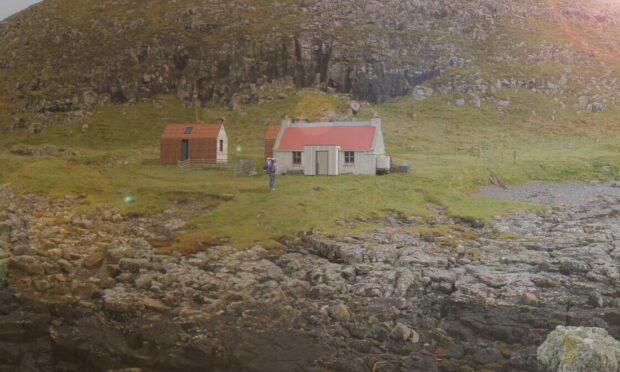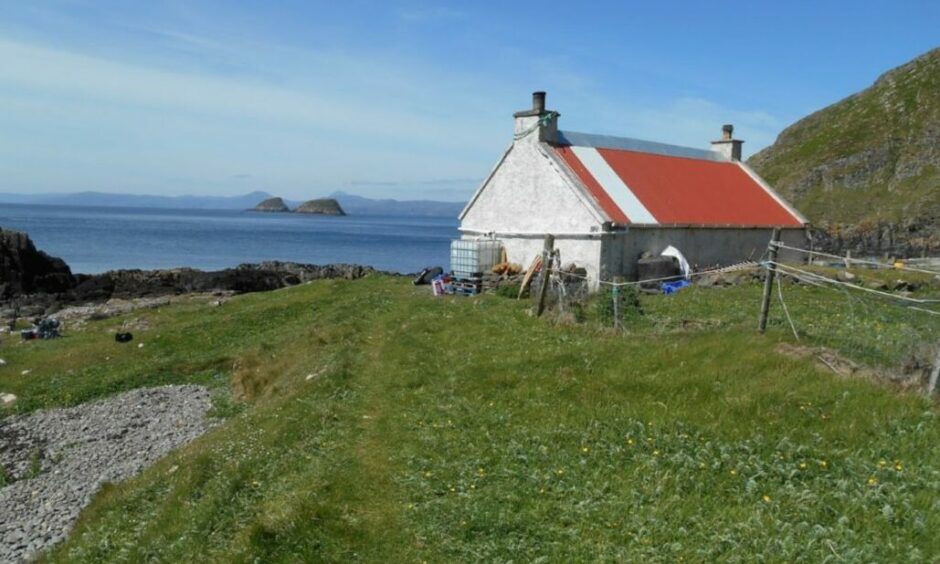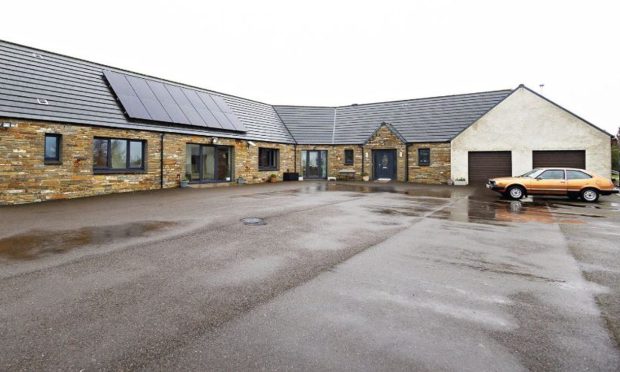A crowdfunding appeal is being re-launched to help install “a sustainable and eco-friendly haven” on the uninhabited Shiant Islands.
Planning permission was granted earlier this year for two bothies on the islands off Lewis where the last human inhabitants left in 1905.
The Shiants are among the most important breeding colonies for seabirds in Europe, with some 300,000 nesting in summer.
Currently the only remaining building on the islands is a 150-year-old bothy used by the 40-50 visitors who arrive each year.
These include crofters, as well as groups of birdwatchers, archaeologists and geologists.
A modern way to visit the Shiants
The majority of visitors camp in tents, keeping the bothy as a separate communal space for meeting and cooking.
The proposed new ‘artist bothies’, each housing four people, will be built off-island and shipped to the Shiants to help maintain visitor facilities for the next 50 years.
A previous crowdfunding campaign in 2021 was unsuccessful.
But since then pledges of support amounting to around £100,000 have been received.
A new appeal will be launched on September 9, aiming to convert the pledges into cash to refurbish the existing structure and install the new bothies.
The islands were once owned by Whisky Galore author Compton MacKenzie. They were bought in 1937 by Nigel Nicolson, who became a writer, publisher and politician.
His son, Adam Nicolson, published the definitive book on the islands, Sea Room, in 2001.
Today, the Shiants are owned by Adam’s son, Tom Nicolson.
Tom says the project seeks to strike a balance between preserving the islands’ unspoiled beauty and providing a retreat for nature enthusiasts and adventurers.
“The Bothy project aims to create a sustainable and eco-friendly haven that fosters responsible exploration while safeguarding the Shiant Isles’ unique habitats and diverse birdlife.”
‘Inspiring’ support for Shiant bothies project
He said by contributing, supporters become part of a meaningful conservation effort to preserve the Shiants for generations.
He added: “We are grateful beyond measure for the incredible support we have received thus far.
“The response from nature enthusiasts, conservationists, and eco-tourism advocates has been truly inspiring.
“With the planning permission secured and the overwhelming interest, we are confident in achieving our fundraising goal and making the Shiant Isles Bothy Project an even greater success.”
The proposed units evolved from a network of off-grid artist residencies designed by artist Bobby Niven and architect Iain MacLeod.
Similar structures have been installed in places including Eigg, Inshriach, near Aviemore, and on Fair Isle.
The islands’ seabird population was once threatened by black rats, thought to have arrived from an 18th century shipwreck.
But in 2018, the Shiants were declared rat-free.












